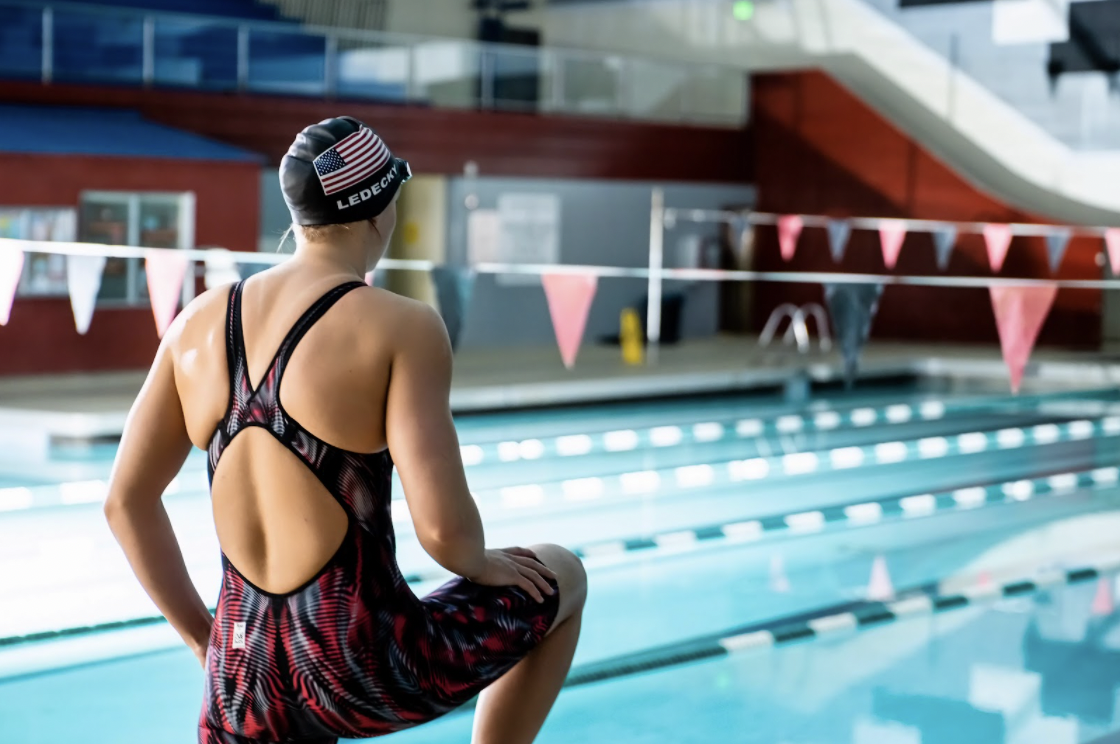Sign up for our daily edtech news briefing today, free.
I have 15 World Championships and 10 Olympic medals for swimming. But athletic skill isn’t the only thing that has propelled me to succeed at the sport.
It was math.
From an early age, the math skills I learned in school supported my swimming journey. I loved my elementary school science and math teachers. The science experiments we did — baking soda volcanoes and studying plants — inspired me to think outside the box and apply what I learned in school to the wider world.
For me, that wider world quickly led to more success in swimming. As a distance swimmer, there’s a lot of counting: from laps to stroke rates to the geometry of how I position my body in the water. But becoming an Olympic swimmer means looking at those details through multiple lenses. After all, the science, technology, engineering and math of swimming can mean the difference between a gold or silver medal — or no medal at all.
Making real-life STEM connections
And now I want to help students find their connection to STEM. As a Team Panasonic athlete, I get to meet students from all over the world. This past year I participated in virtual visits with classrooms. And I know from talking with students that the connection between what they learn in class and what’s happening in the real world is not always so clear.
I’m working to change that. I have partnered with Panasonic and Discovery Education to create STEM Forward, a set of digital resources designed to turn theory into reality. When I speak to students about STEM, I reference the Olympics as an example of STEM in action. STEM Forward with Katie Ledecky and Panasonic follows this approach. It takes topics that students can relate to — like the Olympics — and peels back the layers to show students how to use practical problem-solving skills and outside-the-box thinking to make a meaningful impact every day. It also exposes students to game-changing technology and to different career opportunities in STEM fields. All of this helps students see how what they are learning relates to the real world — and it’s incredibly powerful.
Students’ future depends on STEM education
Students today, more than ever, need to be connected to STEM early on. The Bureau of Labor Statistics reports an over 10% growth in STEM jobs in this next decade, a rate 3% faster than all other fields. Tools like STEM Forward not only teach fundamentals in STEM but can also help spark interest and curiosity early in students’ academic journey. They can also show how the application of STEM involves power skills such as collaboration, mental toughness and goal setting.
Not every kid will grow up to be an Olympian, but every kid can grow up to be a solution seeker. The Olympics can be a tool for educators to show students that STEM is everywhere and, more importantly, that they can have a future in it. After all, STEM isn’t just a magnifying glass and a white lab coat. I’m proof that it can be a swimsuit and goggles.
Katie Ledecky is an American competitive swimmer. She has a Bachelor of Arts in psychology from Stanford University and is dedicated to education.
________________________________
If you liked this article, sign up for SmartBrief’s free email newsletter on EdTech. It’s among SmartBrief’s more than 250 industry-focused newsletters.
More from SmartBrief Education:
- 5 ways new school-home communication meets family, staff needs
- 5 virtual-classroom tools to foster authentic connections
- Changing the classroom experience with instructional audio
- Powerful social media solutions for students
- How comics curriculum boosts SEL
- 8 ways to make vocabulary instruction more effective
